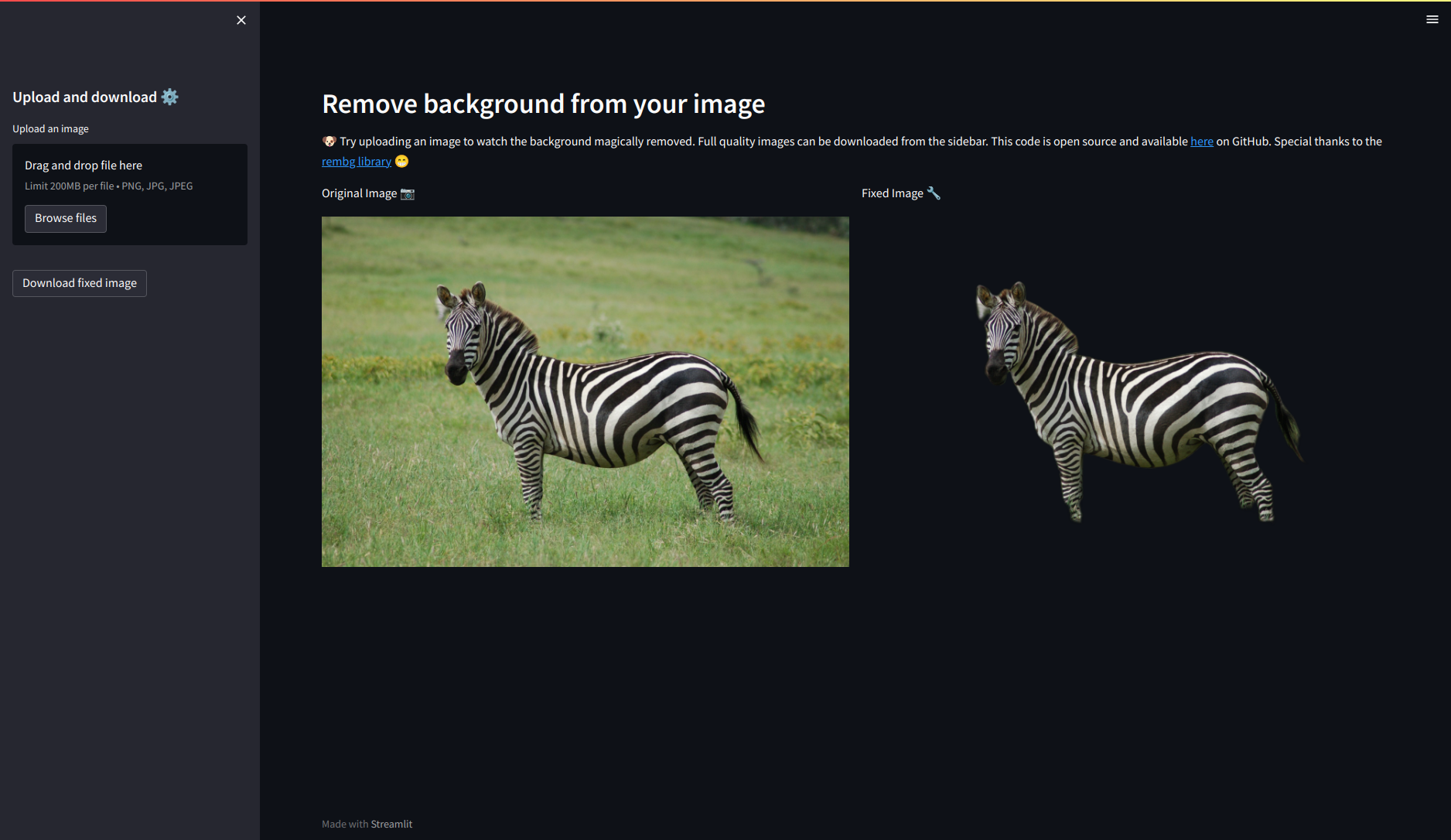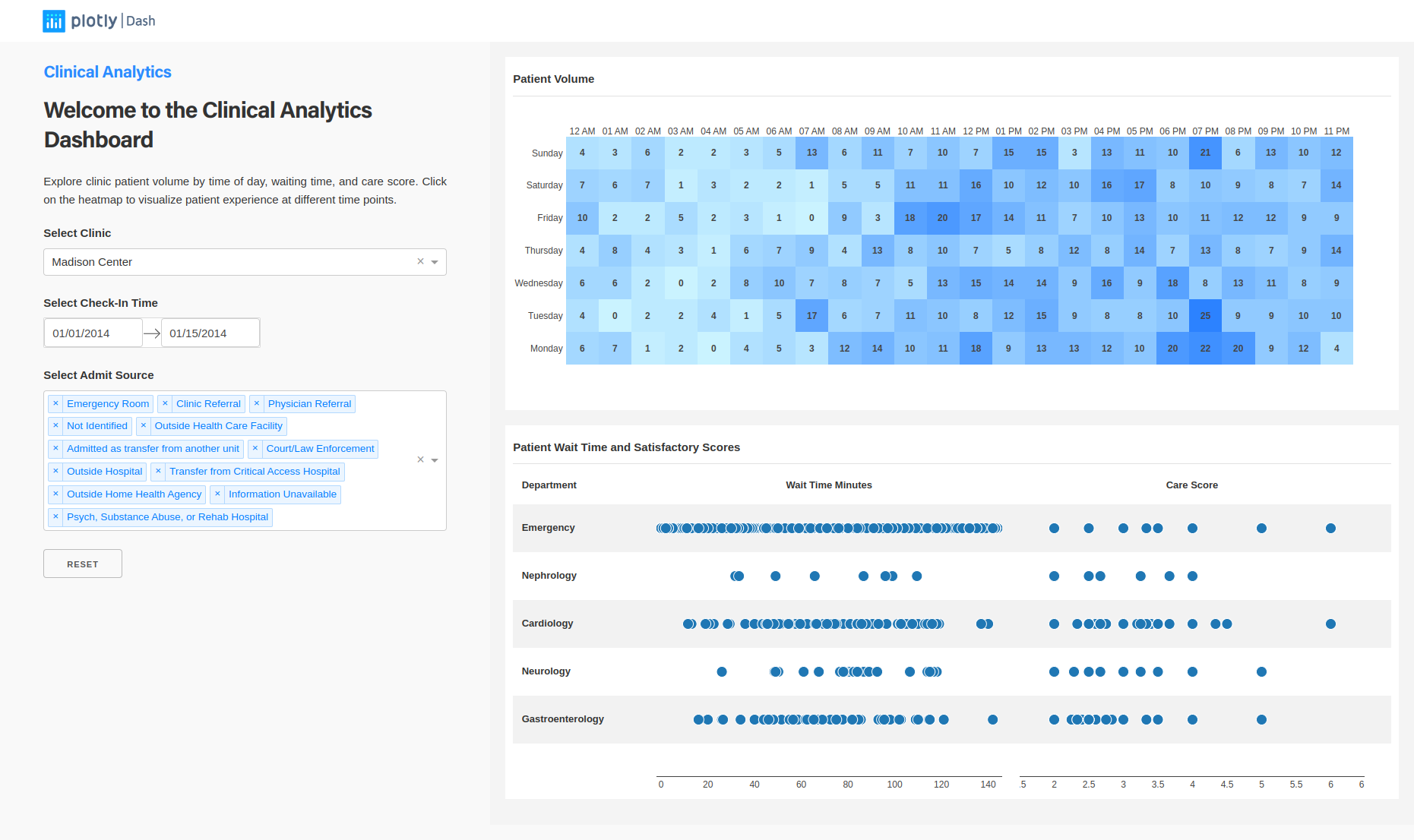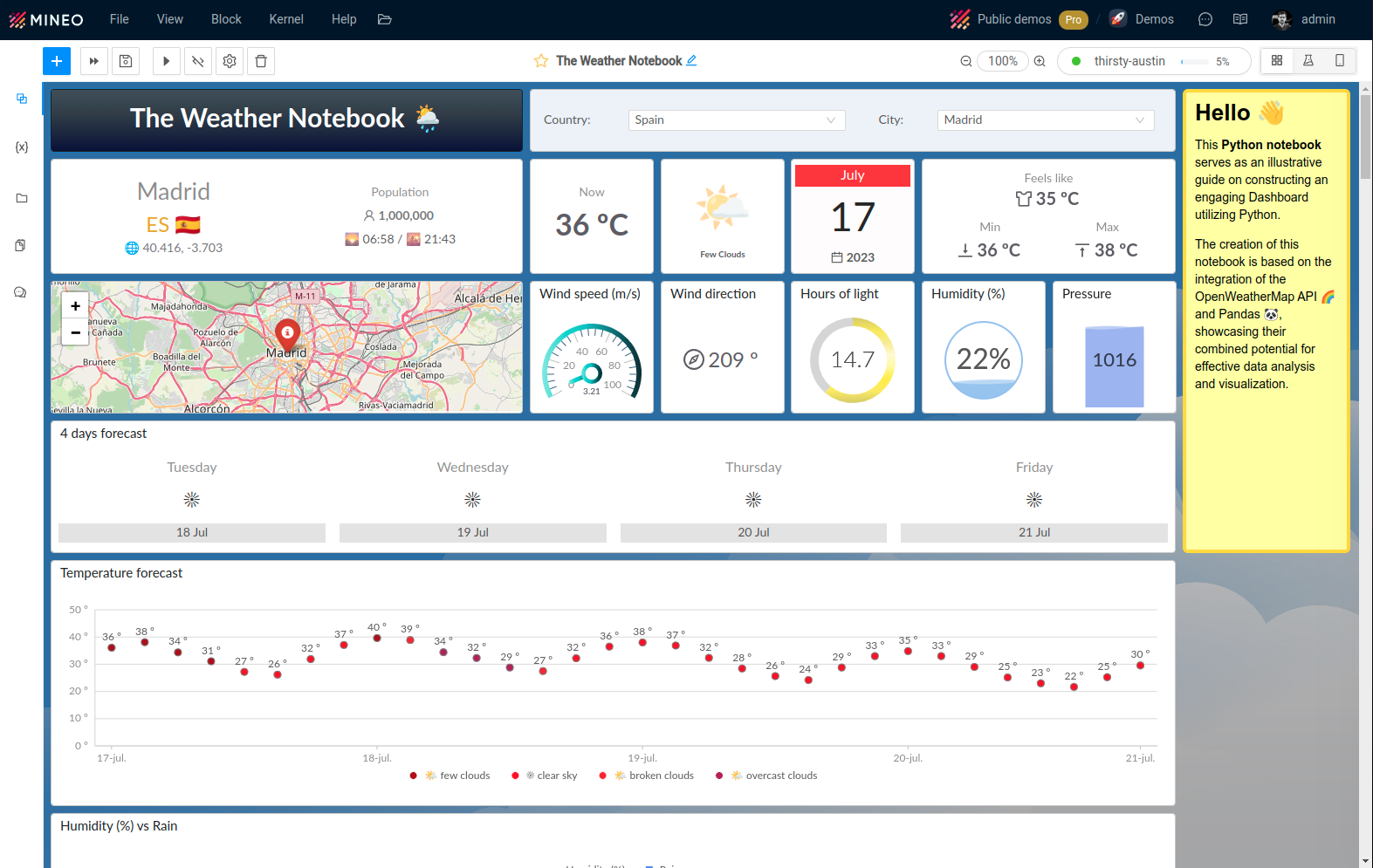What are Data Apps?
Data applications, commonly known as “data apps,” represent a significant shift in the way we interact with and use data. Beyond static reports and dashboards, data apps offer dynamic, interactive, and customizable experiences. They encapsulate everything from simple data visualizations to complex analytical tools that allow users to explore, analyze, and manipulate data in real time.
Essentially, a data app is an application that uses data to provide actionable insights, often through dynamic and interactive visualizations. These apps are designed to be accessible to a wider range of users, not just data professionals, thus democratizing data analysis and decision making.
Data Apps vs BI: Understanding the Difference
While both data apps and business intelligence tools aim to harness data for better decision-making, they differ significantly in their approach and capabilities. Traditional BI tools are primarily focused on reporting and analyzing past data, often in static formats like charts and tables. They are excellent for understanding what has happened in the past but are often limited in their ability to predict future trends or offer interactive features.
Data apps, on the other hand, are more dynamic and interactive. They allow users to not only view data but also interact with it in real-time. This could include adjusting parameters to see potential future outcomes, or drilling down into data for more detailed analysis. Data apps are more about exploring ‘what could happen’ and less about ‘what has happened.’
Some examples of uses that data applications perform are
- Dynamic Data Transformation: Data apps allow users to interactively transform and process data, adapting to changing requirements and queries in real-time.
- Integration of Machine Learning: Unlike most BI tools, data apps can integrate machine learning models, enabling predictive analytics and intelligent insights directly within the app.
- Real-Time Interaction: Users can interact with data dynamically, unlike the static views offered by BI tools. This includes real-time updates and manipulations based on user inputs.
- Custom Processing Workflows: Data apps enable the creation of custom workflows, allowing for the automation of data processing and analysis tasks, tailored to specific business needs.
Use Cases of Data Applications
Data applications can be divided into three distinct types, each serving unique needs and environments:
- Embedded Data Apps represent the evolution of embedded analytics. They differ from traditional static dashboards in that they are highly customizable and dynamic. Embedded directly into other software applications, they provide real-time insights and interactive data experiences. For example, a CRM system could use an embedded data app to display real-time sales data, enhancing the user experience with timely and relevant information.
- Internal data products and portals are designed specifically for individual business units within an organization. These applications are built with the unique context and requirements of a particular department in mind, making them more relevant and easier to use for specific internal teams. Unlike generic data tools, these applications enable business users to gain insights relevant to their roles without having to navigate complex data analyst workflows. For example, a custom tool developed for a marketing department could integrate campaign performance data with customer feedback to provide actionable insights tailored to marketing strategies.
- Consumer-facing applications are designed for external users such as customers, partners, or shareholders. These applications often require a higher level of design sophistication and customization than internal applications because they must meet more demanding end-user expectations for design, usability, and performance. For example, a financial services company might develop an application that provides personalized investment advice to its customers, with a focus on ease of use and fast, insightful data presentation.
Each of these types of data applications plays a critical role in transforming the way data is presented and interacted with, moving away from static, one-size-fits-all solutions to more dynamic, purpose-built tools that meet the specific needs of different user groups.
Building Data Applications
Building data applications involves several steps:
- Data integration: Collecting and integrating data from multiple sources.
- Data processing and analysis: Using algorithms and models to process and analyze the data.
- Visualization: Presenting data in an easy-to-understand format, often using interactive charts and graphs.
- User interface design: Ensuring that the application is easy to use and accessible to non-technical users.
Tools and languages such as Python, R, and JavaScript are often used, along with libraries such as Pandas, NumPy, and D3.js for data processing and visualization.
Data Apps Platforms
Some of the most popular platforms for building data apps:
Streamlit

An Streamlit app.
Streamlit has gained popularity for its ability to easily turn Python scripts into interactive web applications. It features an easy-to-use interface, making it a go-to for rapid prototyping and deployment. The platform is particularly beneficial for its minimal coding requirements, which opens doors for beginners and non-developers. However, its simplicity can be a double-edged sword. While Streamlit is great for basic applications, it can fall short when it comes to the advanced customization and scalability needed for complex, large-scale applications. It also has limited built-in support for extensive database and API integrations compared to more comprehensive platforms.
Plotly

A clinical analytics dashboard made with Plotly
The Plotly ecosystem, and its Dash framework in particular, is known for creating detailed, interactive graphs. It’s a favorite in fields that require high-quality visualizations, such as scientific and financial analysis. Plotly’s strength lies in its wide range of graph types and its ability to render interactive visualizations. The Dash component also allows you to build sophisticated web applications with deep customization options. However, these advanced features come with a steeper learning curve, especially for users not well-versed in JavaScript or Python for front-end development. In addition, for simpler data application projects, the complexity of Dash may be overwhelming and unnecessary.
MINEO

A weather visualization data app made with MINEO.
MINEO stands out in the data application landscape for its direct access to the extensive Python ecosystem, a feature that offers immense benefits, especially for enterprise-level applications. This access allows users to leverage a wide range of Python libraries and tools, ensuring robust and versatile application development. Designed with the enterprise in mind, MINEO provides a platform that supports complex data processing and visualization tasks, making it ideal for large-scale, sophisticated projects. The enterprise design ensures that the platform meets the demanding requirements of large enterprises, including scalability, security, and integration capabilities.
Another key advantage of MINEO is its blend of coding, no-code options, and AI capabilities that streamline the application development process. This combination allows users to create powerful data applications without having to develop each component from scratch, saving time and resources. The no-code and AI aspects particularly benefit users who may not have extensive coding expertise, democratizing the creation of data apps. In addition, MINEO offers more customization and flexibility than many other platforms. This level of customization allows users to tailor their data apps to their specific needs, improving the overall utility and user experience of applications developed on the platform.
The Future of Data Apps
The future of data applications looks promising, as advances in AI and machine learning continue to enhance their capabilities. We can expect these applications to become even more intuitive, predictive, and integral to decision-making processes across industries. The integration of real-time data processing and advanced analytics will make data apps an indispensable tool for businesses and organizations.
Conclusion
Data applications are changing the way we interact with and use data. They offer a more dynamic, interactive, and user-centric approach than traditional BI tools, paving the way for more informed and efficient decision making. As technology continues to evolve, data apps will undoubtedly play a critical role in shaping the future of data-driven strategies.
Happy coding!
For further exploration of data apps and their capabilities, check out MINEO’s Showcase.
